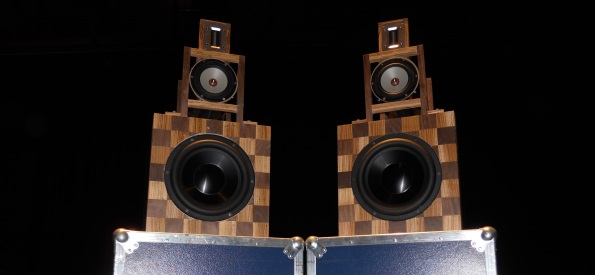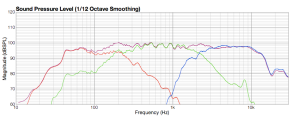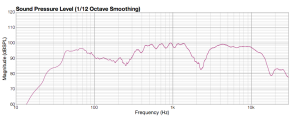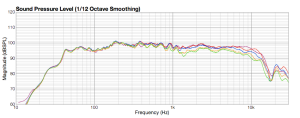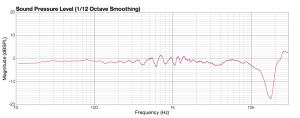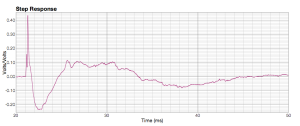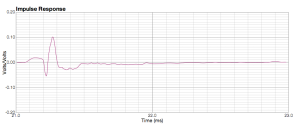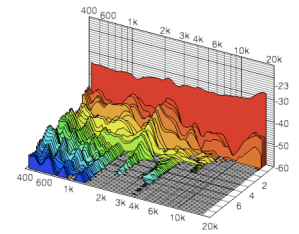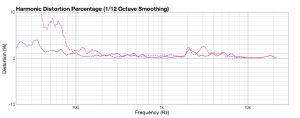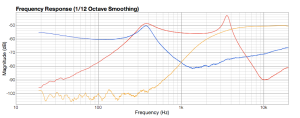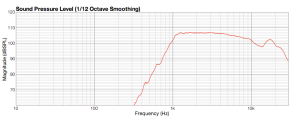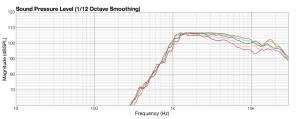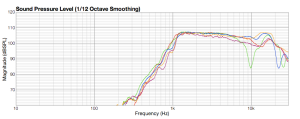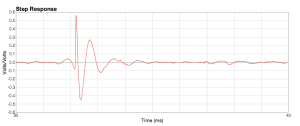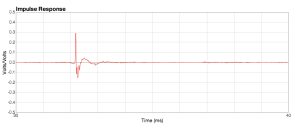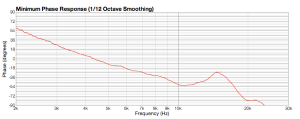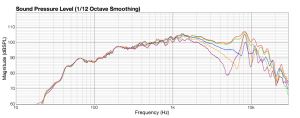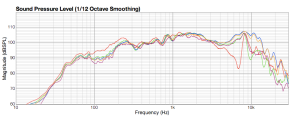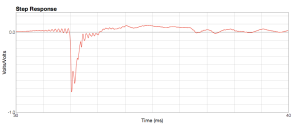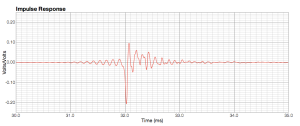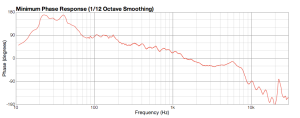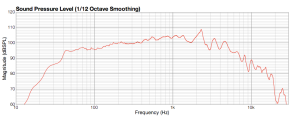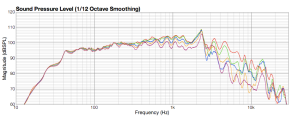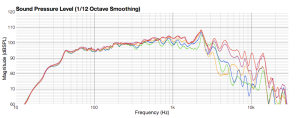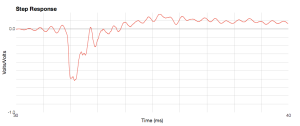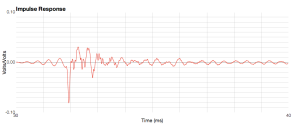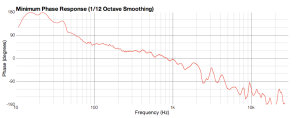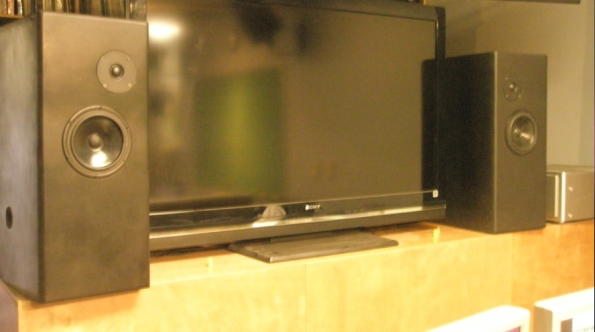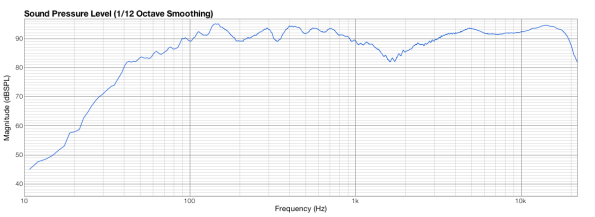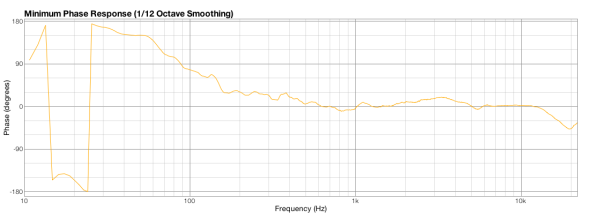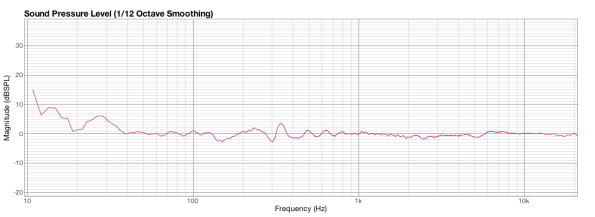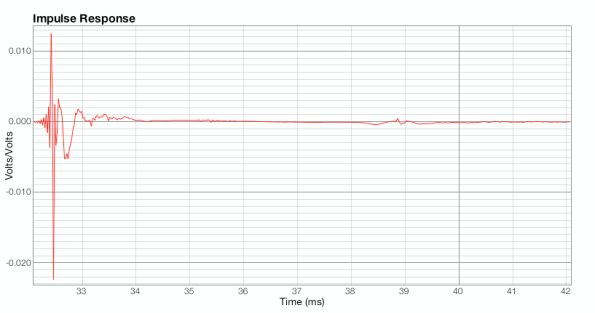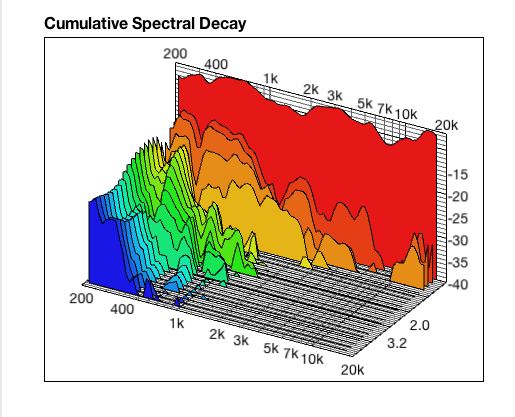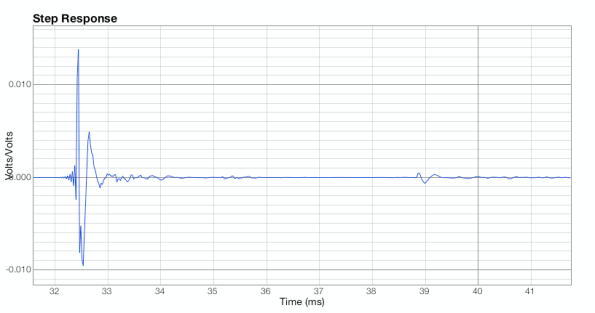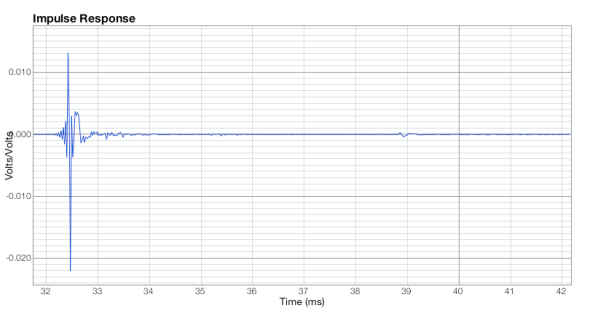Archive
Project Bacchus – Tim DeYoung
Introduction
Have you ever been in wonder of what music is? The fact that we as a species can convey story and emotion through a combination of simple tones and rhythms. For when you get down to it, that is exactly what music is, emotion. Sadly though, this is the one main thing missing in most speaker systems, the ability to convey emotion. A speaker that has a flat frequency response or a short impulse is fine and dandy, but when they can’t convey the emotion of the music you are listening to, they are down right useless.
That is why I designed “Project Bacchus”, I have always had an extreme connection with the music around me, and to not only own but to create with my hands a speaker system that enables me to connect with music on an emotional level, that is one of life’s necessities, because what is the point of being in a world full of music when you can’t connect with it?
Design Basics
For the design of “Project Bacchus” I took a lot of inspiration from speaker designers such as Richard Vandersteen and Jim Thiel who preach the gospel of time and phase coherence. Which is when you arrange the acoustical centers of your drivers in the vertical space so that they align in not only time but also phase, which is very difficult to do but when done correctly can be very rewarding.
Design Choices
One of the best ways to give speakers life, is to make sure that they produce a large sound stage. I went about trying to open the stage by doing three things:
1.) 3-Way
I chose to produce a three way system so that all of the frequencies in the spectrum are recreated without struggle. Too many times I see two way systems with large woofers. In order to use a tweeter effectively, it has to cross over around a minimum of 1kHz, so that means the woofer is also producing up to 1kHz, and depending on the crossover order sometimes even three to four octaves above that, which means up to 8kHz! and a woofer any bigger than 2″ can not accurately produce that high of a frequency.
To alleviate this I used three drivers, each of which only producing frequencies which it is comfortable and effective at. This means a 10″ subwoofer which gets crossed over at 200Hz, a 5.5″ woofer which gets crossed over at 2kHz, and a tweeter which is also crossed over at 2kHz.
2.) Stereo Subwoofers
Another design choice I made to try and help widen the sound stage a bit was to have a dedicated subwoofer on both the left and right channel. Because even though low frequencies are mostly omni-directional, the human ears can still distinguish between sources, and having both sources there really helps widen and smooth out the stereo field.
3.) Minimal Baffles
With project Bacchus, I really wanted to open up the sound stage to maximize the listening experience. To do this I committed to having the smallest baffle sizes possible, this will eliminate one of the main reasons why some speakers tend to sound constrained from left to right. To minimize the baffle size, I mounted the tweeter without a box, and I mounted the midrange in a tube which is only a total of half an inch larger in diameter than the driver it houses.
Subwoofer Design
The things which I really enjoy in a subwoofer are tightness and accuracy. Every time I have been really impressed with a subwoofer it has had those two characteristics, the support of the lowest octave isn’t that high on my priority list. To achieve this, I ended up putting my subwoofer in a sealed box, this gave the benefits of transient accuracy, and tightness which I really appreciate in a low end driver.
Woofer Design Choices
Boxes are boring, there are too many boxes out there in the world, and there are too many boxes in my design portfolio. So I decided to go with something I have never even wrapped my head around until this year, and that is a transmission line. For this concept I’ve taken a lot of inspiration from B&W speakers, where their enclousure behind their drivers gradually tappers down to nothing. The thought process behind this is to take all of the energy radiating of the rear of the driver and take it as far away as you can, the hope being that it never returns to the driver to cause distortion and cancelation.
Since I don’t have plastic injection molding machines and my ready (hopefully someday right next to my CNC routing table), I had to improvise. After many hours at the hardware store looking over my options, I picked one, a furnace vent. This vent allows me to get an approximately two foot long tube filled with sound absorption material behind my woofer, which very effectively takes the sound and has it never return.
As a side note: I don’t know if it is me trying to hear it or if it is actually there, but I think that I can hear the tube, but it isn’t on all songs which is weird.
Tweeter Design
I knew from the beginning that I wanted to use a ribbon tweeter, I have never heard a system which utilized them which I haven’t enjoyed. I also knew that to maximize the horizontal dispersion and high-end sparkle which ribbon tweeters are known for, I wanted to minimize the size of the baffle.
End Notes
I REALLY like my speakers, but they are not for everyone. In fact, I think I might have tailored them too much to my specific wants. I very much like mellow sound, even when I mix I try to get a super mellow sounding mix. So I wanted to make listening speakers that suited my tastes, and I really succeeded. When I put on a well recorded jazz ballad, these things sing, and I can feel myself being sucked into the music. But when I put on a pop/punk song on (I don’t know when I would, but we will speak in hypotheticals), my speakers really tend to suck the energy out of the song, which could be very bad for a lot of people.
One of the aspects of my speakers which I like the best, is how far they sit back in the room. They sound like they are coming from almost ten feet behind where they are standing, which really helps them to blend in to the room, which is one of the key aspects of good listening speakers.
They are also very smooth, it is not the stereotypical “accurate” sound (like dead studio mixing speakers), but instead they just sound like everything flows together, I feel like my speakers really blend voices well within the mix.
Files
Design Statement
Enclousure Drafting
Crossover Schematic
Crossover Schematic_Tim DeYoung
Final Testing Report
Testing Results
Frequency Response
Minimum Phase
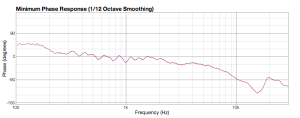 Harmonic Distortion @ 96dB SPL
Harmonic Distortion @ 96dB SPL
Crossover Response
Tweeter Measurements
Frequency Response
Midrange Measuremets
Subwoofer Measurements
If you have any questions, feel free to e-mail me: tsdeyoun@mtu.edu
Sonic Bluhm 2-Way Loudspeaker System
 Sonic Bluhm – 2-Way Loudspeaker System
Sonic Bluhm – 2-Way Loudspeaker System
Overview.
- Designed and built for use as left / right pair for home theater system.
- Primary use, movie and music playback
Features.
- Vented box construction, providing lower f3 frequency
- Unique shape to avoid following problems:
- Panel Vibrations
- Internal cabinet standing waves
- Edge diffraction
- 2.1 cubic foot internal box volume
- Capable SPL, of 90 dB Continuous, 102 peak
Cabinet Construction.
- Cabinet made using constrained layer construction
- There are 4 layers to my cabinet (listed from outside to inside)
- 1) 3/4″ 13 Ply Baltic Birch
- 2) 1/2″ MDF
- 3) 1/8″ Mass loaded vinyl
- 4) 1/8″ Masonite
- Rounded top edge
- Only 3 visible screws per speaker, giving them a very clean and polished look
Drivers.
- Woofer: Seas Excel 8″ W22EX001
- Tweeter: ScanSpeak Illuminator D3004, 1″ soft dome
Documentation.
Testing Results.

Sonic Bluhm 2-Way Loudspeaker System by Dan Bluhm is licensed under a Creative Commons Attribution-ShareAlike 3.0 Unported License.
Rocky Mountain 2-Way
- The Life That I Have Been Waiting For
Rocky Mountain 2-Way Loudspeaker System
Overview:
The Rocky Mountain 2-Way Loudspeaker System was designed to be used as mixing monitors.
Features:
Flat Frequency Response (1.5dB variation)
Sealed Box Construction Providing Accurate Low Frequency Reproduction
Low Frequency Extension: F3= 55Hz, F6= 45Hz, F10= 40Hz
Active Crossover With Computer Controlled DSP that allows for the maximum control of the speaker system
Absorbent Foam Baffle that combats MF Diffraction and Makes the HF more directional.
Capable of 90-98dB Continuous, 110-115 Peak
1 1/4” Cabinet Construction (13ply Baltic Birch/MDF Composite)
2 1/4 Cubic Foot Volume
Custom Made Grill
Made Proudly In Michigan
Drivers
Woofer: Seas Prestige 10″ H1411
Tweeter: Seas Prestige 27TDFC, 1″ Silk Dome Tweeter
Enclosure
Exterior: 3/4″ 13-ply Baltic Birch
Interior: 1/2″ MDF
Documents:
Design Proposal
Drafting Plans
Glossy
Final Testing Report
Block Diagram:
Testing Results:

Rocky Mountain 2-Way Loudspeaker System by Kenneth G. Stahl III is licensed under a Creative Commons Attribution-ShareAlike 3.0 Unported License.
Based on a work at kennystahlrock.com.
K-Series
Overview
This two-way system allows for high quality, high fidelity playback at a considerably low price. With a frequency response that remains within +/- 3 dB, it meets industry standards for applications such as mixing and mastering. The vented enclosure allows extended bass response. With a passive 3rd order crossover at 1.8 kHz, the summation between the 6 1/2″ woofer and 1″ tweeter maintain a flat frequency response.
System Designer:
Spencer Karlovits
Features
- Two-way System
- Vented Enclosure
- Passive Crossover
- Under $500
Drivers
Woofer: Seas Prestige 6 1/2″ CA18RLY
Tweeter: Seas Prestige 1″ 27TDFC
Enclosure
- Interior: 3/4″ 11-ply Birch
- Exterior: 3/4″ MDF

El Palmisté
Overview
The two-way pair of loudspeakers are designed to function as film and music mixing monitors. The design includes an 8″ woofer and a 1″ tweeter mounted against a waveguide to improve its potential. The speakers are vented with a port on each inner side, and have a passive crossover.
Design Goals
- Produce 103 spl to meet film mixing standards (83dB SPL with 20 db of headroom).
- Flat frequency response and maintain detailed sound.
- Good low frequency extension.
- Cost around $500.
- Be somewhat easy to move.
Key Features
- 2-way system
- passive crossover
- vented system
- dome tweeter mounted to waveguide
- f3 of 40hz
- bandwidth of +/- 2.5 dB from 40hz-19khz
Drivers
Scan-Speak Discovery 22W 8″ Woofer
SEAS Prestige 27TDFC 1″ Textile Dome Tweeter
Cabinet
Each wall consists of:
3/4″ ply, 1/8″ loaded vinyl, 3/4″ MDF
Documents


Tests
Frequency Response With Woofer/Tweeter Summation
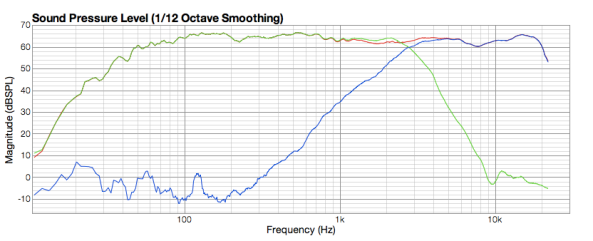
Horizontal Off Axis Response (15,30,45,60)
 Vertical Off Axis (15,30,45,60)
Vertical Off Axis (15,30,45,60)

Frequency Response with Inverted Phase
Impedance as compared to an 8 ohm resister with port and total response
Harmonic Distortion
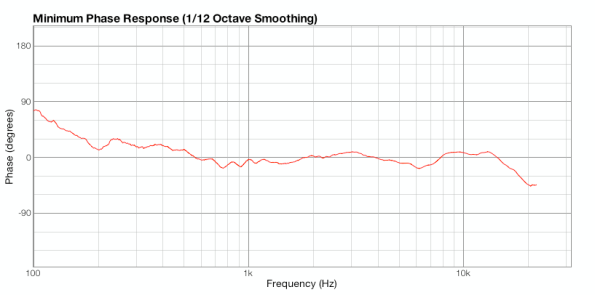 Frequency Response Difference Between Speakers
Frequency Response Difference Between Speakers
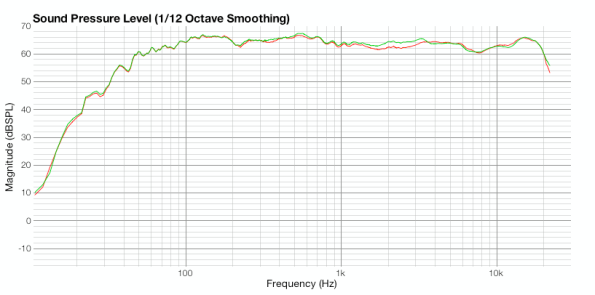 Waterfall Plot in an Anechoic Chamber
Waterfall Plot in an Anechoic Chamber
Woofer
Woofer Response
 Woofer Horizontal Off Axis (15,30,45,60)
Woofer Horizontal Off Axis (15,30,45,60)
 Woofer Vertical Off Axis (15,30,45,60)
Woofer Vertical Off Axis (15,30,45,60)
Woofer Step Response
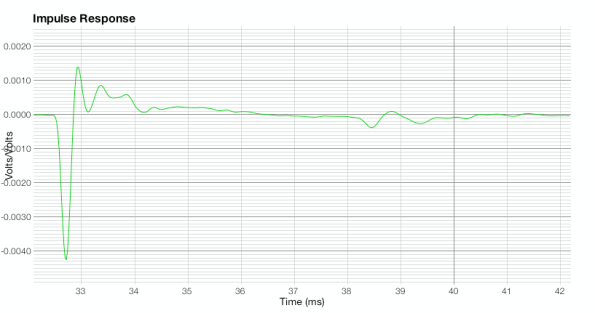 Woofer Harmonic Distortion
Woofer Harmonic Distortion
 Woofer Phase
Woofer Phase
Woofer Response Difference Between Both Speakers
Tweeter Frequency Response
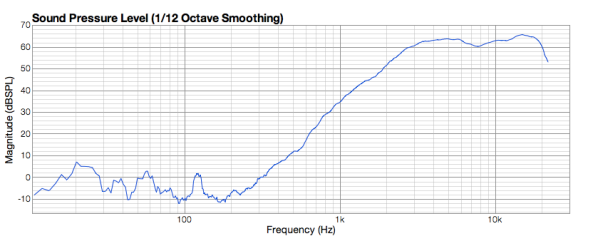 Tweeter Horizontal Off Axis (15,30,45,60)
Tweeter Horizontal Off Axis (15,30,45,60)
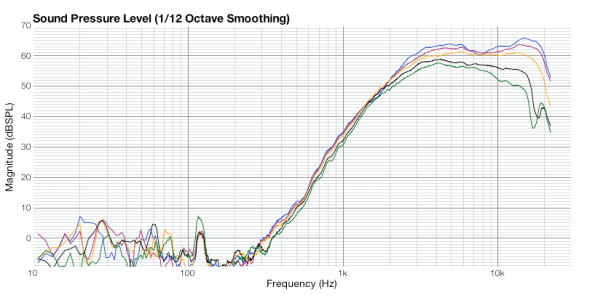 Tweeter Vertical Off Axis (15,30,45,60)
Tweeter Vertical Off Axis (15,30,45,60)
 Tweeter Difference Between Speakers
Tweeter Difference Between Speakers

El Palmisté by Alex Palma is licensed under a Creative Commons Attribution-NonCommercial 3.0 Unported License.
Weathered Mannes’
Overview:
The Weathered Mannes’ are a pair of 2-way portable speakers. They were designed to provide an accurate casual listening experience as well as the ability to accurately mix. They feature a passive crossover system and vented enclosures. The f3 of these speakers is 38Hz with the extension the port provides. They were built with an interior layer of 3/4″ MDF and an exterior layer of 3/4″ Birch.
Drivers:
Peerless PPB 830874 Poly Cone Woofer
SEAS 27TDFC Textile Dome Tweeter
Documents:
Final Testing Report Contains All Final Test Images
Green Run: Critical Editing Speakers
What they lack in size they make up in clarity and versatility. Designed for
near-field desktop audio editing, these speakers are created to
reproduce the sound signal with maximum clarity. Optimized and built
small to fit at any editing environment and portable for the nomad
lifestyle.
Design Objectives:
- Bookshelf monitors for audio editing for music, sound effects and film
- Wide frequency range (60 Hz to 20 kHz)
- Smooth frequency response
- Inexpensive
Key Features:
- Small, and portable
- Clear stereo image
- Minimal off-axis coloration
- Low crossover frequency of 1.5kHz
- Under $500
System Response
Final System Response Charts Left Cabinet
Final System Response Charts Right Cabinet
SB Acoustics 29RDCN C-0004
Final Tweeter Response Charts Left Cabinet
Final Tweeter Response Charts Right Cabinet
Fountek FW 146
Final Woofer Response Chart Left Cabinet
Final Woofer Response Chart Right Cabinet

This work is licensed under a Creative Commons Attribution-No Derivative Works 3.0 United States License.
BB 2-Way Loudspeakers
A well balanced speaker with a low x-over by Ben Boeshans
The primary design goal of the speaker is all-purpose music speaker for everyday listening. The speakers require good low-end extension, good clarity, and low fatigue. The crisp highs were obtained through crossover points calculated to be 900 Hz for the woofer and 1.2 kHz for the tweeter. The goal was met, as exhibited by the several peer reviews some of which commented, “extremely clear,” very accurate,” and “sounded really clean.” I really like the sound of plucked guitar played on the speakers. If one closes their eyes they can believe the guitar is being played in the same room. Part of that effect is also attributed to the reverberation in the cabinets. After experimenting with a few different types and amounts of damping materials a balance was found between the openness of the speaker and eliminating resonances.
Design Objectives
- All-purpose Music Speaker
- Tight Low-End Response
- 97dB SPL Max output
- f3 = 50Hz
Key Features
- Soft-dome tweeter for mellow yet clear highs.
- Low crossover point for fast transient response.
- 2” Port for bass extension.
- 8” Woofer for solid, defined low-end.
- MDF/Plywood layered cabinet for reduced resonance.
- Smooth frequency response 60Hz to 20 kHz.
- Accurate off-axis response.
Technical Reports
- BB_Design_Statement
- BB_Final_Report
- Testing Report
- Drafting
- X-over Schematic
Tests
